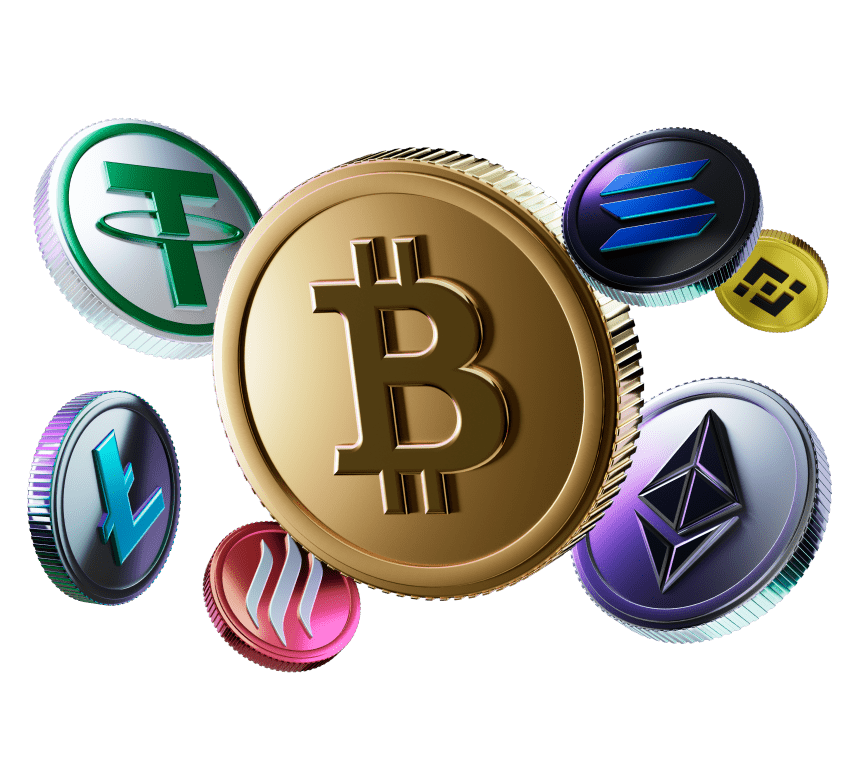Bitcoin Stuck in a Rut as BofA Survey Reveals 'Long Dollar" is Most Favored Trade

Bitcoin (BTC) was supposedly due for a recovery rally in the seasonally bullish month of October. So far, however, the bounce has remained elusive, as sophisticated investors continue to park money into the U.S. dollar (USD).
Bank of America's (BofA) global fund manager survey published on Tuesday revealed that the "long dollar" – taking a bullish exposure in the greenback – was the preferred trade for October, with 64% of respondents calling it the most crowded bet. The investment banking giant polled 371 fund managers overseeing $1.1 trillion in assets during the week ended July 13.
The greenback has consistently been the most sought-after asset since July, thanks to Federal Reserve's (Fed) ongoing efforts to control inflation with unusually large interest rate hikes that have lifted the benchmark interest rate by 300 basis points in six months. The Fed tightening has roiled risk assets, including cryptocurrencies and sent the dollar higher.
Crowded trades are often associated with bubbles and mark major price tops. For instance, "long bitcoin and "long technology stocks" were the most sought-after trades last year. Bitcoin peaked at $69,000 in November 2021 and has dropped more than 70% since then. Wall Street's tech-heavy index Nasdaq has tanked 31% this year.
Therefore, some observers expect the dollar to come under pressure in the coming months. A notable pullback in the greenback, if any, would bode well for risk assets.
"We need the dollar to reverse. That happens in late January," crypto trader and analyst Alex Kruger said in a tweet thread early Wednesday, noting the long dollar's overcrowded status.
Per Kruger, the Fed's rate hike cycle may end in February, paving the way for markets to short or sell the dollar.
However, according to crypto services provider, Matrixport's Head of Research and Strategy, Markus Thielen, the odds might remain stacked against the dollar bears.
"Its tough to be USD bearish. The U.S. economy is the one that is booming and is self 'energy' sufficient and a net exporter of energy. That, coupled with the on-shoring of the previously outsourced manufacturing industry, is driving this big boom," Thielen told CoinDesk.
The U.S.' relative economic strength and energy sufficiency may continue to fuel demand for the dollar even after the Fed stops raising rates. Besides, the seasonal trends indicate that the first quarter is usually positive for the dollar.

Data sourced from Equity Clock shows the start of the year into early March is a good period for the dollar. The currency often peaks in the second half of the March and bottoms out in early May.
Coincidentally, bitcoin's previous bull markets have peaked in December, paving the way for a price crash in the first quarter. And while the 2018 bear market ran out of steam in the last month of that year, bulls remained on the fence in the first three months of 2019 – a seasonally bullish period for the dollar.
It remains to be seen how things pan out. As of writing, bitcoin traded near $19,250.








